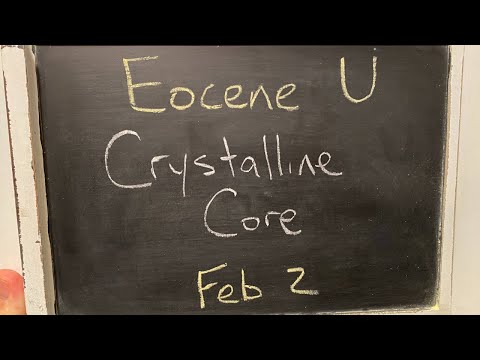Description:
Explore the geological wonders of the North Cascades in this comprehensive lecture on the Eocene Crystalline Core. Delve into the formation and characteristics of the Skagit Gneiss, understanding its plutonic origins and the processes that shaped it. Learn about crustal thickness, strike-slip faults, and the restoration of the Straight Creek Fault. Discover pressure and depth indicators in the Skagit Gneiss, including the role of garnets and zircon age dating. Examine field photos and gain insights into fast exhumation through cordierite analysis. Compare the deformation of upper and deeper crust, and explore other core complexes. Engage with a Q&A session and preview upcoming topics. Conclude with a discussion on the Roadside Geology of Washington, offering a practical application of the lecture's content.

Crystalline Core with Stacia Gordon
Add to list